Early on when planning our panel for the Guantánamo Public Memory Project, we were given the option of including a way for visitors to participate via text message. Presented with a yes or no question, visitors could text their response and see the collected results presented in real-time or on a website. I am all…
Read moreGuantánamo Public Memory Project
Category: National Dialogue and Traveling Exhibit
Open for Discussion: How can we engage exhibit participants without oversimplifying the issues?
National Dialogue and Traveling Exhibit
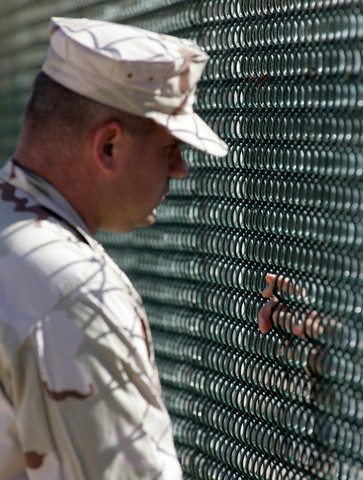
A State of Exception
National Dialogue and Traveling Exhibit

In studying history I have often been surprised, disturbed even, at behaviors that were once considered acceptable by our predecessors. I have come away from lectures and reading angry at what I consider injustices and frustrated by my deep desire to change what happened, or at least to apologize. I know, of course, that…
Read moreEngaging the Base’s Foundations
National Dialogue and Traveling Exhibit
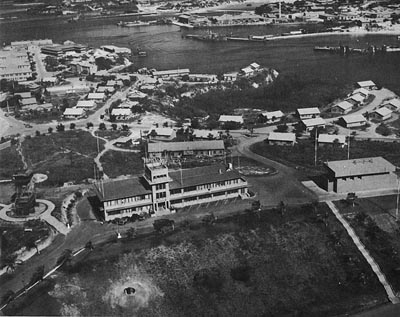
Prior to being introduced to the Guantanamo Public Memory Project, I was unaware of just how much infrastructure plays a role in the movement of people and things. As Arizona State University is preparing an exhibit panel on “Building the Base,” I have come across a great deal of information concerning the physical landscape…
Read moreThe Politics of Nostalgia
National Dialogue and Traveling Exhibit
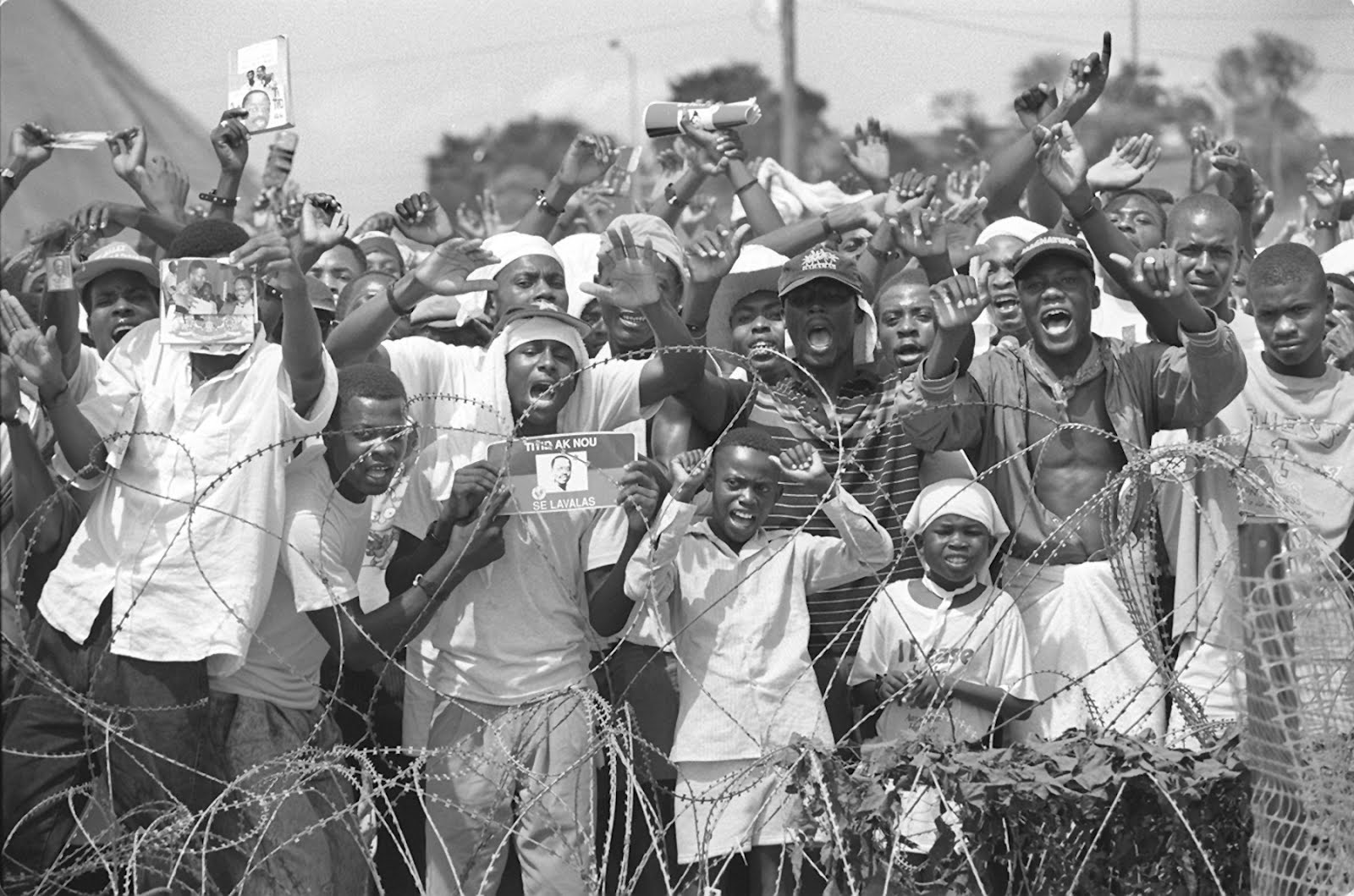
Is there any danger in fond remembrance? Most people look back on some point in their lives with happiness or even wistfulness; their memories of that time constitute an essential part of their self-understanding. Memory is vital to both the personal/individual and political/collective human experience: oral history projects across the globe have shown us…
Read moreGuantánamo – The United States’ Playground
National Dialogue and Traveling Exhibit
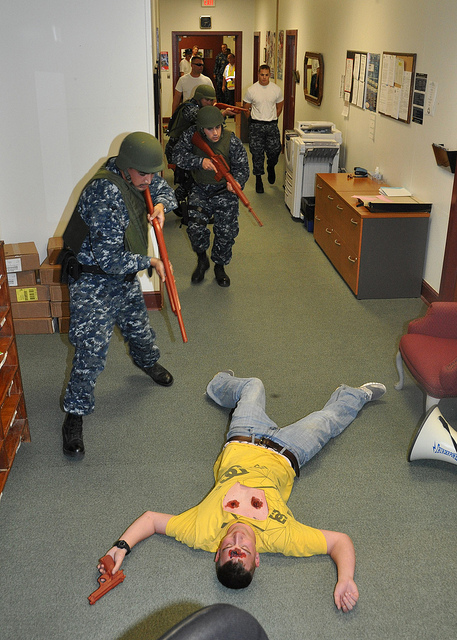
What struck me most about GTMO’s history as I browsed images of the camp was the expanse of violence that Guantánamo seemed to represent; specifically, I was struck by images of training exercises that the troops stationed there undergo on how to take down “assailants.” These training exercises depict the assailants as violent prisoners…
Read moreThe Power of Media in Shaping Narrative
National Dialogue and Traveling Exhibit
Through the process of creating our exhibit panel we have had to look at several photos taken during the Balsero Crisis in Guantánamo Bay. We chose images we liked for the panel individually and then justified our choices in group discussions. I narrowed my choice between two photos that I thought represented nice group shots, showing…
Read moreListening, Knowing, and Guantánamo
National Dialogue and Traveling Exhibit
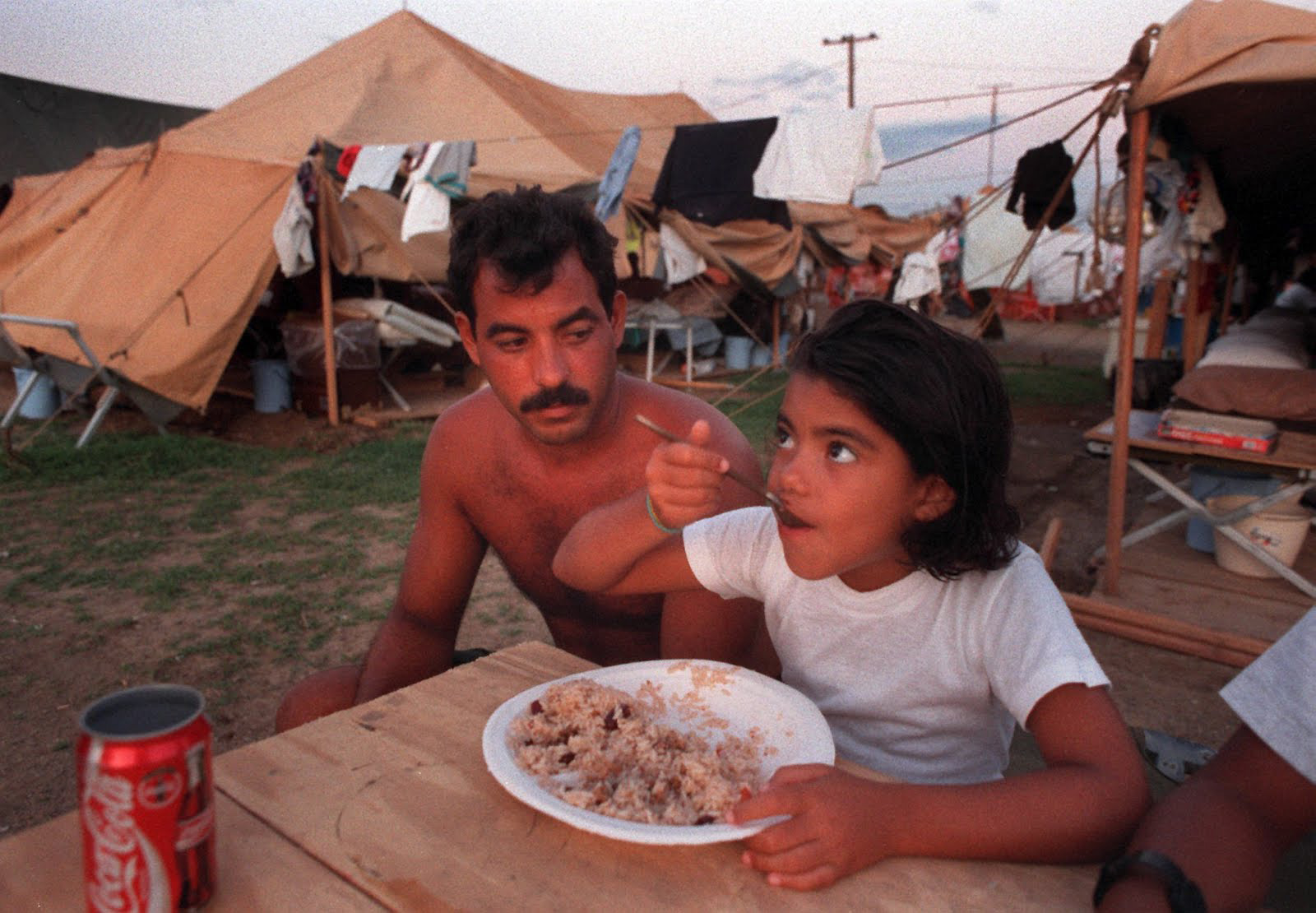
“If someone didn’t live through it, didn’t experience it, they would know nothing about it,” a man I interviewed for another project once told me, referring to a place and time that held deep meaning for him. What can those of us who’ve never been to Guantánamo know about it? There’s knowledge derived from reading…
Read moreLiving on the Edge: U.S. Border Relations
National Dialogue and Traveling Exhibit
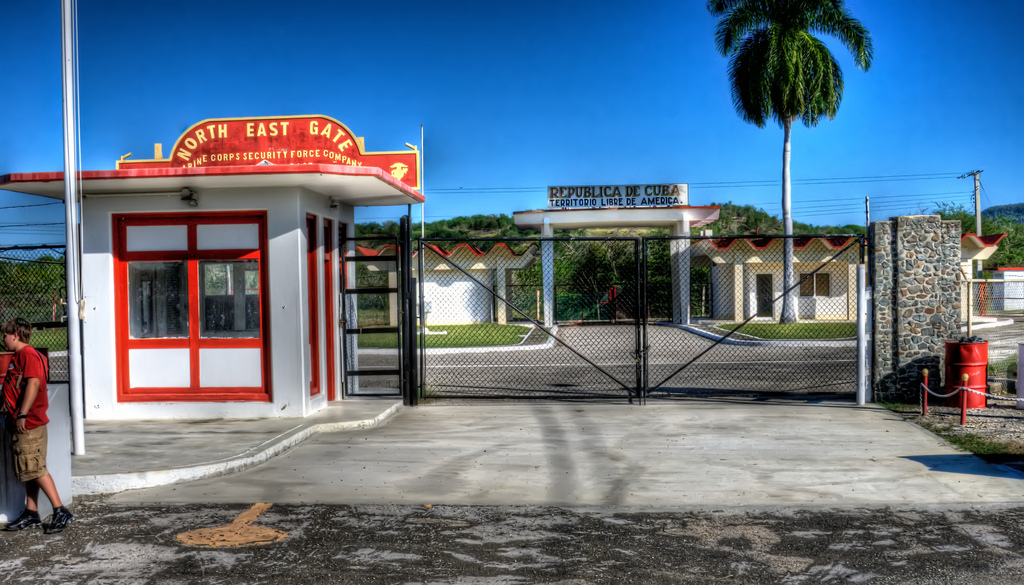
The US-Mexico border is a subject of daily discourse in Arizona. Border violence is constantly reported on the news, universities offer classes on border relations, and politicians are always debating issues of illegal immigrants. Jana Lipman’s history of Cuban and Jamaican workers in Guantánamo discussed concepts and events that were so similar to those happening…
Read moreLocal Connections: Interrogating Guantánamo in Washington Square
National Dialogue and Traveling Exhibit
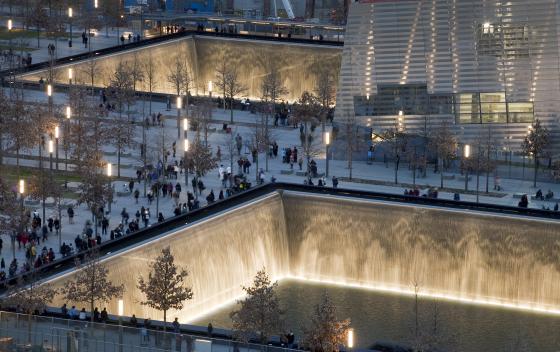
September 11 is, in our collective understanding of the past 10 years, inextricably linked to Guantánamo. The confusion and fear we felt after September 11 was co-opted and fostered by local and federal government. It led to that nebulous, transnational war on terror, to suspicion, arrests, and to yet another use of GTMO’s peculiar American-yet-not-American…
Read moreThoughts on Building the Base
National Dialogue and Traveling Exhibit
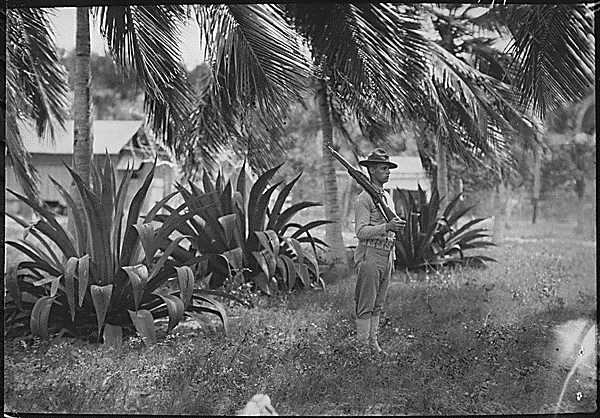
For the Guantánamo Public Memory Project, we are examining the building of the base from approximately 1903 to 1964. Two things especially impress me in the research that we’ve done so far. First, how the landscape of Guantánamo Bay has been used and imagined by human beings and how uses and visions for the place…
Read moreCreative: Picture Projects & Tronvig Group
